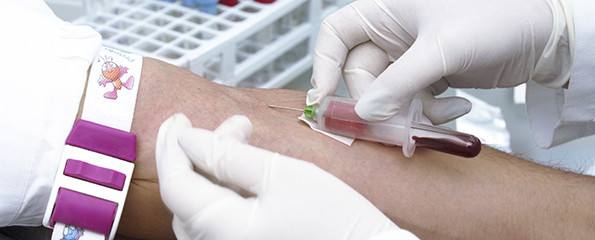‘Magic’ blood test simply a matter of science
A blood-typing test based on bioactive paper has enormous implications for use in the developing world and poor and remote regions.
Inspired by the magical Harry Potter diary that absorbs ink and prints its own letters, Monash University researchers Professor Wei Shen and Professor Gil Garnier have invented a paper-based test that spells out a person’s blood type … in blood.
The test uses bioactive paper, which can be stored in a variety of conditions, maintains its efficacy for months, and can be manufactured easily and cheaply. The results can be interpreted by someone without medical knowledge or skills.
By comparison, traditional blood-type tests require complex and expensive laboratory equipment, careful refrigeration of antibody reagents and someone with a university degree in pathology.
The key to this development being put into practice is the need for it to be as accurate as current blood-typing methods. So far, in more than 1000 comparisons between the paper-based and conventional assays, there has not been a single disagreement.
“We have to provide the same safety and that’s what the invention has done; we have the same efficacy as modern technology,” Professor Garnier said.
The test works by having text and symbols to represent A, B and O blood types as well as Rhesus factor printed on the paper using special inks laden with the relevant antibodies for each blood type. A drop of blood is placed on each symbol, and the paper is washed with a saline solution. If the blood type is A, for example, it will interact with the antibody printed in that letter, causing it to coagulate and give an unambiguous report of the blood type.
“If this blood is specific to that antibody then the drop stays where it is and if it’s not specific, it will wash away,” said Professor Garnier, a chemical engineer at Monash and director of the Australian Pulp and Paper Institute.
The result can then be easily interpreted according to which letter or letters remain highlighted in red. This seemingly magical technology comes down to relatively simple science that uses the porous structure of the paper, said Professor Shen, also a chemical engineer at Monash.
“When blood cells coagulate, their size increases and they get locked into the fibre structure, whereas in a negative test the cells can be flushed away by a saline solution,” Professor Shen said.
(Source: Monash University)
Dates
Tags
Created by:

 Login
Login














